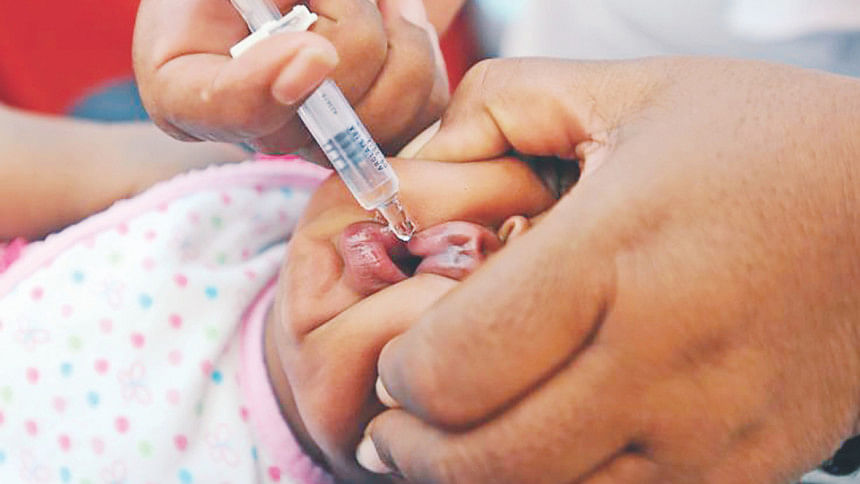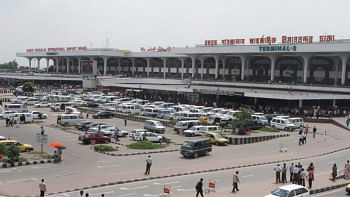Introduction of rotavirus vaccine: how far is the journey?

Bangladesh has been planning to introduce the rotavirus vaccine for quite a long time. But it does not seem to be very fast. Children are getting sick from rotavirus diarrhoea despite an effective vaccine is in the market and there are mechanisms for funding a national immunisation programme.
In early 2016, thousands of children got access to rotavirus vaccines in India with the start of a national introduction that marks Asia's largest to date. But over 90 million children around the world still lack access. Despite the fact that it can be prevented and treated, diarrhoea continues to take its devastating toll on children around the world. It is a leading cause of child death and is responsible for hospitalising millions of children, especially for countries like Bangladesh where poor water, sanitation and hygiene contribute to the fact to some added folds.
Rotavirus, the most common cause of severe and deadly diarrhoea, claims the lives of more than 200,000 children each year and hospitalises hundreds of thousands more. This one virus is responsible for nearly 40 percent of all diarrhoea hospitalisations.
A recent multi-country study showed that children who developed moderate to severe diarrhoea had an eight-and-a-half times higher risk of dying in the subsequent two months compared to children who did not suffer from diarrhoea.
While improvements in hygiene, sanitation and drinking water are important to prevent diarrhoea in general, they cannot stop the spread of rotavirus. That is why preventing rotavirus infections is essential. And vaccination is the best tool available today to protect children from rotavirus.
Rotavirus is one of the several viruses known to cause a self-limited gastroenteritis, better known as diarrhoea. Fluid stool losses may be dramatic, and death from dehydration is not uncommon, particularly in developing countries like Bangladesh.
More than 80 percent of children get infected by 5 years of age. Around 40 percent of the diarrheas in the world are due to rotavirus. In 2013, rotavirus killed 215,000 young children worldwide.
There are dramatic reductions of diarrhoeal deaths among children under five, through providing oral rehydration solution (ORS), increasing access to clinical facilities, and improving water and sanitation programmes. However, too many children still suffer growth and cognitive impairments from serious and repeated diarrhoeal diseases.
Dr Shams El Arifeen, Senior Director and Senior Scientist at the International Centre for Diarrhoeal Disease Research, Bangladesh (icddr,b) recently shared his view with Star Health about the introduction of rotavirus vaccine in Bangladesh.
He told that rotavirus diarrhoea is very common under two years of age and a major cause of hospitalisation in that age group. Since the overall diarrhoea related mortality has gone down in general, children no longer die of diarrhoea in large numbers - in that sense rotavirus is not a major killer in Bangladesh as is seen in many other countries but it is still a major cause of hospitalisation.
Although it is taking some time, the process of introduction of rotavirus vaccine in Bangladesh for the public system has been started.
He is hopeful that the government is convinced about the introduction of vaccine by now – it may not prevent the mortality but it can save many hospitalisation and can save a lot of money.
Dr Shams is very hopeful about lowering the price by negotiating with the companies. The large number of birth of children in Bangladesh every year is fair enough to convince them for a reduced price. Moreover, if we could make a coalition with the neighbouring countries in the Saarc region, the job would be much easier.
Finally, he suggested that rotavirus diarrhoea is not something that could be prevented only by hygiene practice. The effective preventive tool is vaccination.
E-mail: [email protected]

 For all latest news, follow The Daily Star's Google News channel.
For all latest news, follow The Daily Star's Google News channel. 



Comments